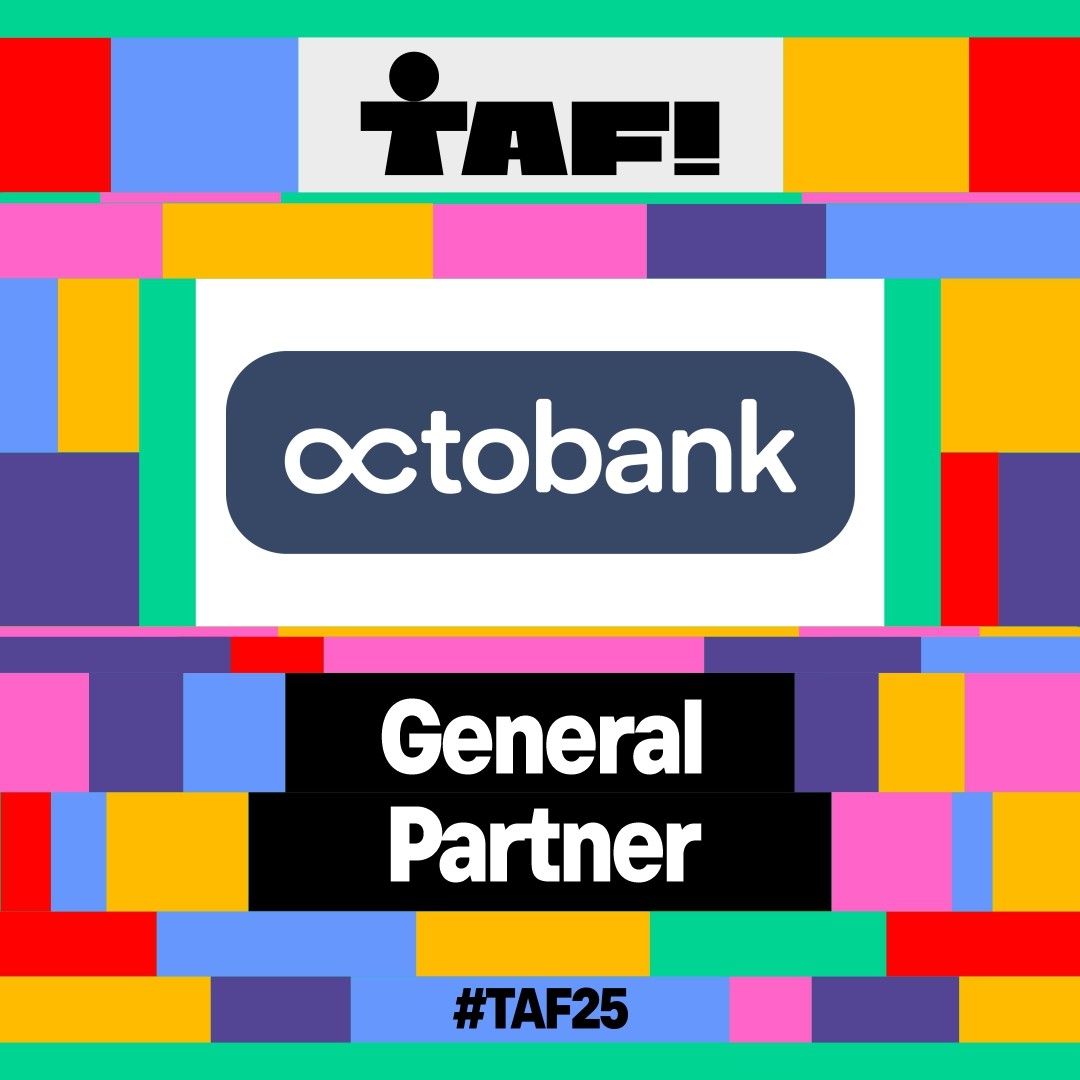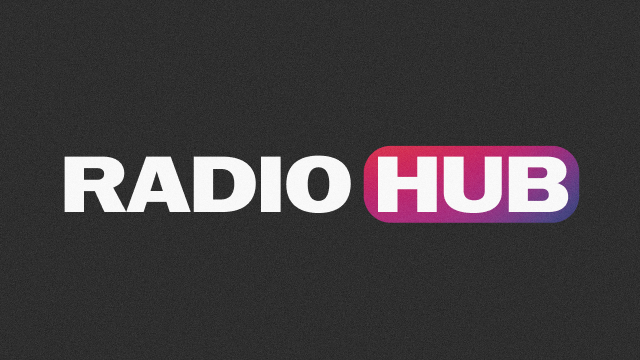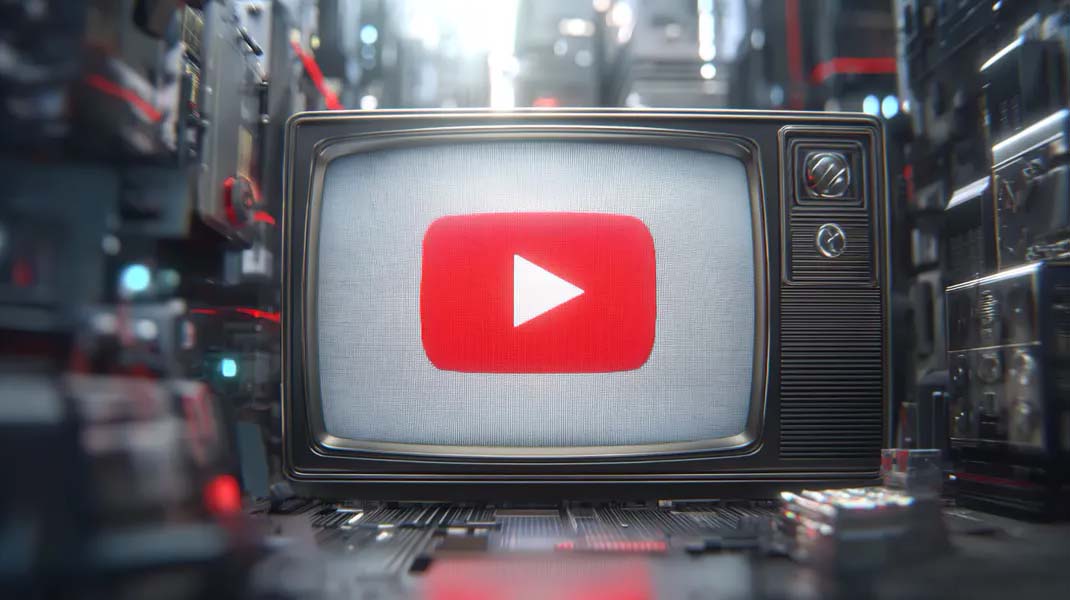PR and advertising are two important marketing tools, but they differ significantly in their nature, goals, and methods of implementation. In this article, we'll take a closer look at the key differences between the two.
Definition and goals
Advertising is a paid form of promotion of a product or service through various communication channels (TV, radio, outdoor advertising, online platforms). The main purpose of advertising is to attract the attention of the target audience to a product or service, encourage purchases and increase sales.
PR (public relations) is an activity aimed at creating and maintaining a positive image of a company or brand among the general public. PR includes working with media, public organizations, clients and partners. The goal of PR is to build trust, strengthen your reputation, and build long-term relationships with your audience.
Paid/Free of charge
Advertising is always a paid form of promotion. Companies pay for the placement of advertising materials in the media, on billboards, on the Internet and other channels. This allows you to control the content and frequency of ad impressions.
PR, on the other hand, is often free of charge. Businesses engage with journalists, bloggers, and influencers to get coverage in news, articles, or social media. But sometimes PR also requires financial investments, such as organizing events or creating press releases.

Control over the message
Advertising provides full control over the content and format of the message. The company independently develops advertising materials, determines the target audience and distribution channels.
PR involves less control over the final result. The message is transmitted through third parties (journalists, bloggers), who can interpret the information in their own way. Therefore, it is important to build trusting relationships with media partners and carefully prepare information materials.
Effect duration
The advertising effect is short-term. After the end of the ad campaign, interest in the product or service may decrease. Advertising is aimed at immediately influencing and stimulating the purchase.
The effect of PR is longer lasting. Positive media coverage or positive reviews create a stable image of the company in the minds of consumers. PR works for the long term, building trust and loyalty.
Format of interaction with the audience
Advertising is most often one-sided. It broadcasts a message from the company to the consumer without the possibility of feedback.
PR strives for two-way interaction. Companies actively work with the audience's feedback, comments, and requests, trying to maintain a dialogue and respond to criticism.

Trust Motivation
Advertising is perceived as a commercial offer aimed at selling a product or service. Consumers realize that the company pays for advertising, and this can reduce the level of trust.
PR creates a sense of objectivity and independence. Information obtained through news or reviews is perceived as more reliable, since it comes from independent sources.
Cost and efficiency
Advertising requires significant financial costs, especially when using traditional channels such as television or outdoor advertising. The effectiveness of advertising depends on the correct choice of channel and target audience.
PR can be less expensive, especially when it comes to working with journalists and bloggers. However, PR requires more time and effort to achieve results. Its effectiveness is difficult to quantify, as it is related to the quality of public relations.
Conclusion
Thus, PR and advertising perform different functions in the company's marketing strategy. Advertising is aimed at quick sales and attracting attention, while PR is aimed at strengthening the reputation and establishing long-term relationships with the audience. Both tools are important and complement each other, providing a comprehensive approach to brand promotion.














